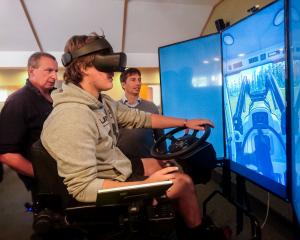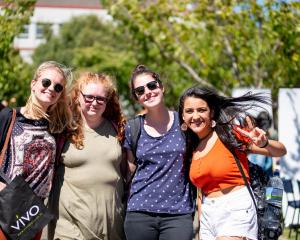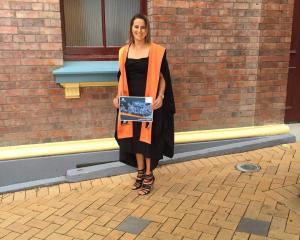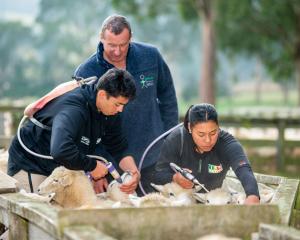
It had always been Hope’s aim to work with rural communities in a role where she could utilise these skills, and in 2017 she graduated with a degree in occupational therapy. ‘‘However, on graduation, I decided I wanted to spend some hands-on time creating,’’ Hope explains. ‘‘I felt my degree had satisfied my desire for academic challenge, but I still had a deep desire to create — so I enrolled for the Graduate Diploma in Visual Arts.’’
Hope recently partnered with Dunedin scientist Dr Christina McGraw to create a piece of art based on Dr McGraw’s research into ocean acidification. They decided upon the idea of creating a ‘‘jellyfish’’, and the work was exhibited at the Arts and Oceans Exhibition.
‘‘The jellyfish was constructed from materials that form a possible solution to part of our waste production problem,’’ Hope says. ‘‘It’s hoped that the beauty of this piece reminds the viewer of what an incredible marine world we have and gets them thinking about what they can do to help preserve it.’’
For more information about studying towards a career in visual arts, visit: www.op.ac.nz










